Network Access Control Market CAGR to be at 11.35% By 2034
According to a new report published by Market
Research Future (MRFR), The Network Access Control Market is
projected to grow from USD 4.45 Billion in 2025 to USD 11.73 Billion by 2034,
exhibiting a compound annual growth rate (CAGR) of 11.35% during the forecast
period (2025 - 2034).
The Network Access Control market is an integral
part of modern cybersecurity strategies, allowing only authorized users and
devices to access a company's network. As businesses continue to digitalize and
expand their online infrastructure, NAC systems are vital for securing
sensitive data and preventing unauthorized access. NAC solutions monitor and
control network traffic and ensure that devices adhere to a defined set of
security policies before being granted access to the network. The fast growth
in the market is fueled by growing needs for robust security solutions in an
increasingly connected world. The rapid proliferation of remote workforces,
coupled with growing frequency in cyberattacks, have all been helping the NAC
market grow significantly. In addition, there is an improvement in the security
posture of business organizations by moving towards more sophisticated and
scalable NAM systems that are driving further market growth. The need for NAC
solutions is also stimulated by stringent data privacy regulations like the
GDPR that require companies to have strict controls over their network access.
Market segmentation in the NAC industry is based
on key parameters, such as deployment type, solution type, end-user industry,
and geography. Based on the deployment type, the market is bifurcated into
on-premises and cloud-based solutions. Cloud-based NAC solutions are gaining
massive traction due to their scalability, ease of deployment, and reduced
upfront costs. On-premises solutions are popular among large enterprises that
need more control over their network security. The solution type segmentation
covers both network security and endpoint security, with the latter focusing on
device security. Endpoint security solutions are growing in importance
due to the increasing use of mobile devices and remote work. Based on end-user
industries, the NAC market serves a wide range of sectors, including banking,
financial services, and insurance (BFSI), healthcare, manufacturing,
government, IT and telecom, and retail. Among these, the BFSI sector is one of
the largest adopters of NAC solutions, given the sensitive nature of financial
data and the industry's strict compliance requirements. Healthcare also
represents a growing segment due to the increasing adoption of electronic
health records (EHR) systems and the need to secure patient data.
Key Companies in the Network Access Control
Market Include SonicWALL, Juniper Networks, Broadcom, NetMotion
Software, Check Point Software Technologies, Cisco Systems,
Extreme Networks, IBM, Aruba Networks, Palo Alto Networks,
Forescout Technologies, Fortinet, Zebra Technologies, NinjaRMM.
The dynamics of the NAC market involve the increasing
resonance of cyberattacks, rapid adoption of IoT devices, and surge in bringing
your own device (BYOD) policies in enterprises. Organizations are forced to
question their security strategies at the wake of cyberattacks like ransomware,
data breaches, and malware attacks. Network Access Control solutions provide an
efficient defense mechanism by restricting access to all critical resources
with only authorized devices and users. The growing demand for IoT is another
significant force behind the growth of the NAC market since most IoT devices
lack robust security protocols. Since more organizations will be adopting IoT
solutions, it is essential that the influx of devices that will introduce
vulnerabilities in corporate networks will be secured. BYOD policies, which
allow employees to use their personal devices at work, have further complicated
network security, forcing businesses to look for more advanced NAC solutions to
manage and secure these devices. Another driving force is regulatory
compliance. As businesses face increasing pressure to meet strict data
protection and privacy laws, NAC solutions become a necessary tool to ensure
that unauthorized devices are blocked from accessing sensitive information.
Advances within the NAC market have tended to
include current cutting-edge technology such as artificial intelligence,
machine learning, and automation, hence adding functionality to NACs while
increasing its efficiency. These capabilities enable real-time analysis by the
NAC systems of big data volumes present within the networks for more effective
detection of any emerging threats or vulnerabilities. Automation is also being
integrated into NAC systems, which means more efficient network management and
less manual workload for IT teams. All these advancements are making NAC
systems more proactive and capable of detecting and mitigating threats before
they escalate. The other trend is the emphasis on cloud-based NAC solutions.
Cloud-based models are more agile, scalable, and cost-effective, especially for
SMEs with limited resources for on-premises solutions. The use of ZTNA models
is also on the rise. ZTNA is about not trusting by default any user or device
from anywhere, anytime, and irrespective of its history of access in the past.
This further emphasizes the security layers that NAC solutions provide.
The regional analysis on the NAC market shows big
differences in adopting and growing it in different places around the globe.
North America is the highest market for solutions in Network Access Control,
highly driven by big enterprises in both the United States and Canada due to
high demands. Advanced infrastructure in ITs and the raising number of cases of
cybersecurity breach have led most of the area to adopt such solutions. Europe
comes next, where the stringent data privacy regulation, General Data Protection
Regulation (GDPR), is driving the demand for strong security solutions like
NAC. This regional market is expected to experience the highest growth in the
coming years due to the rapid digital transformation of industries, the rise of
cloud adoption, and the growing number of cyberattacks in countries like China,
Japan, and India. Latin America and the Middle East and Africa are also seeing
growth as more businesses within those regions are becoming aware of the need
to safeguard their networks in an increasingly interconnected world.
The Network Access Control market is growing
largely because of the increased demand for solid cybersecurity solutions in
industries. The market is moving fast with modernized technologies, like AI and
machine learning, and cloud-based deployments. NAC solutions will continue to
be at the forefront of safeguarding networks in an evolving and new wave of
cybersecurity challenges and ensure data privacy compliance. This means the
prospects for the future of the NAC market seem promising as growing adoption
takes place across all regions as organizations increase network security
concerns in a digitally evolving world.



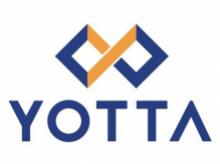

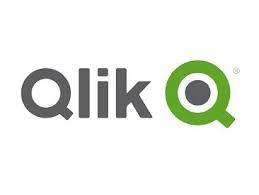








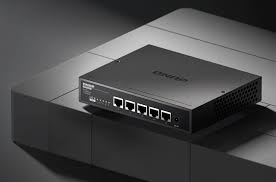
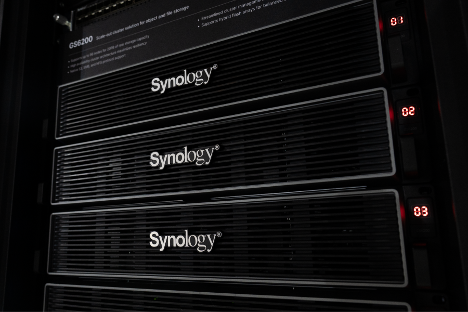










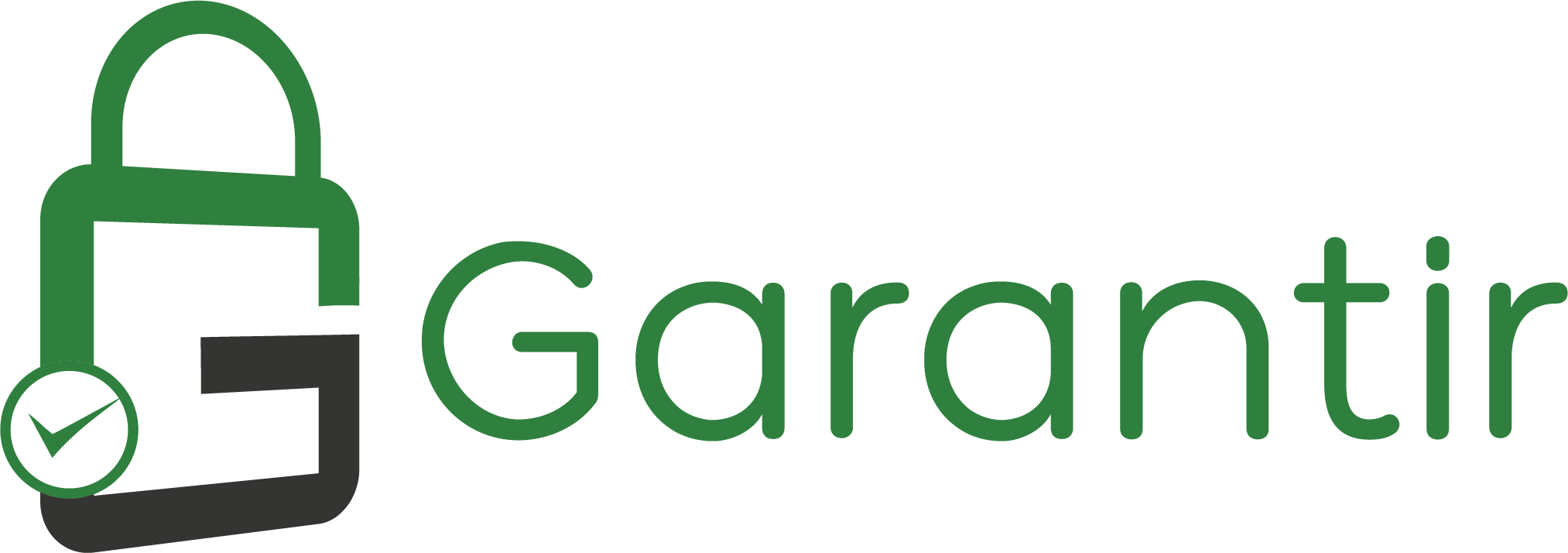



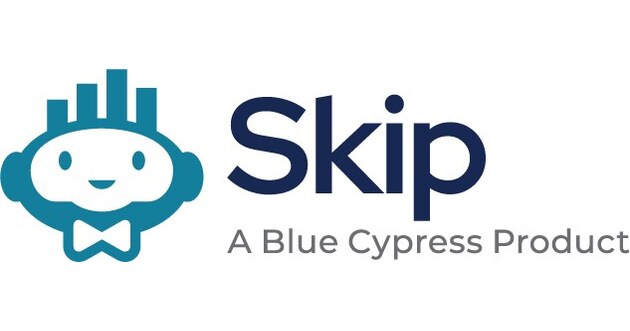


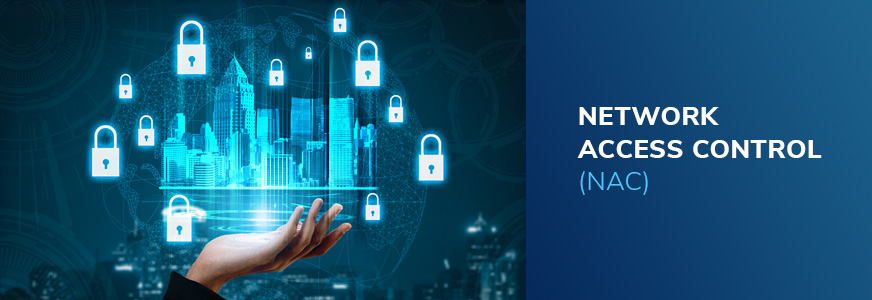
Leave A Comment